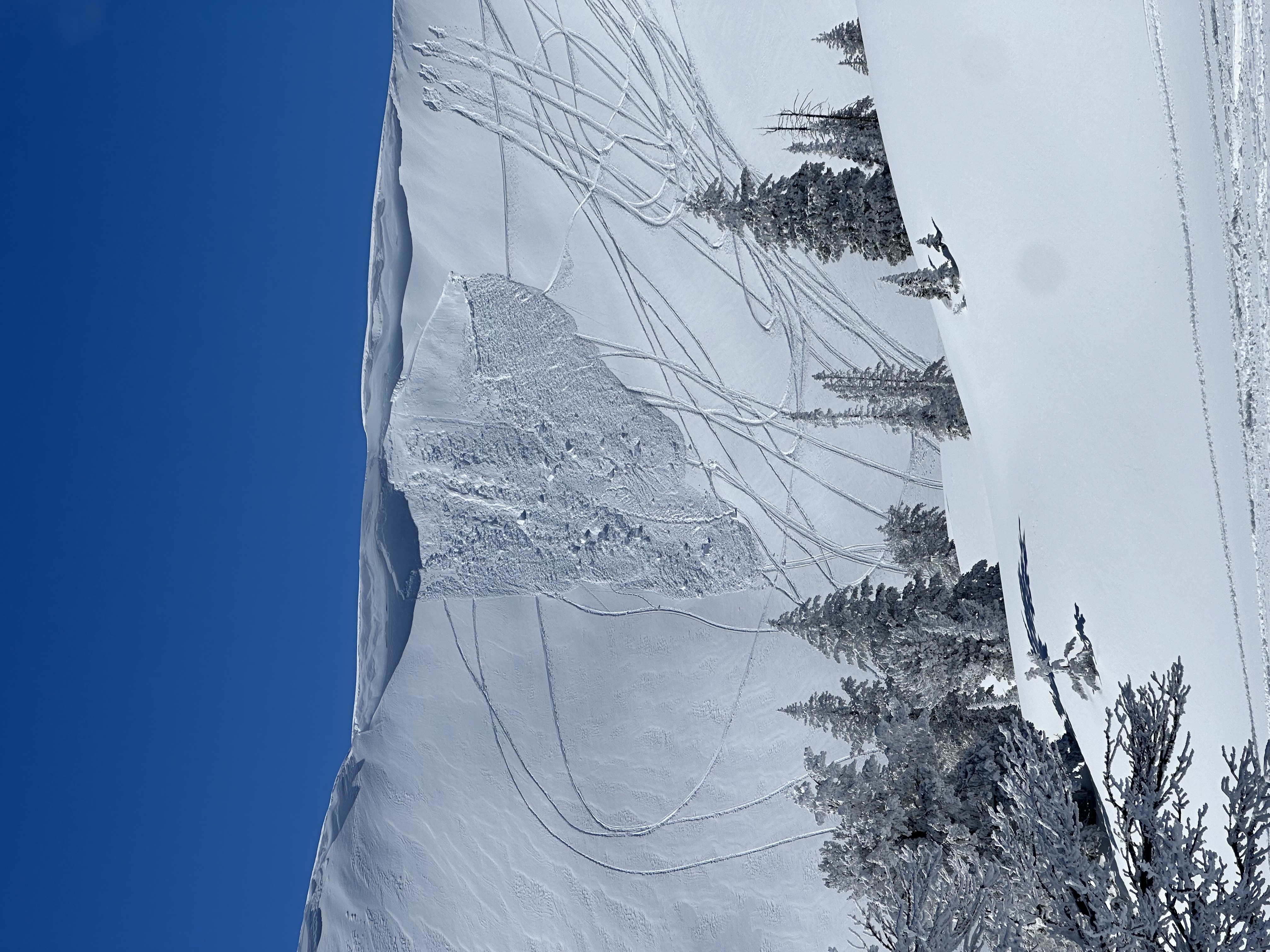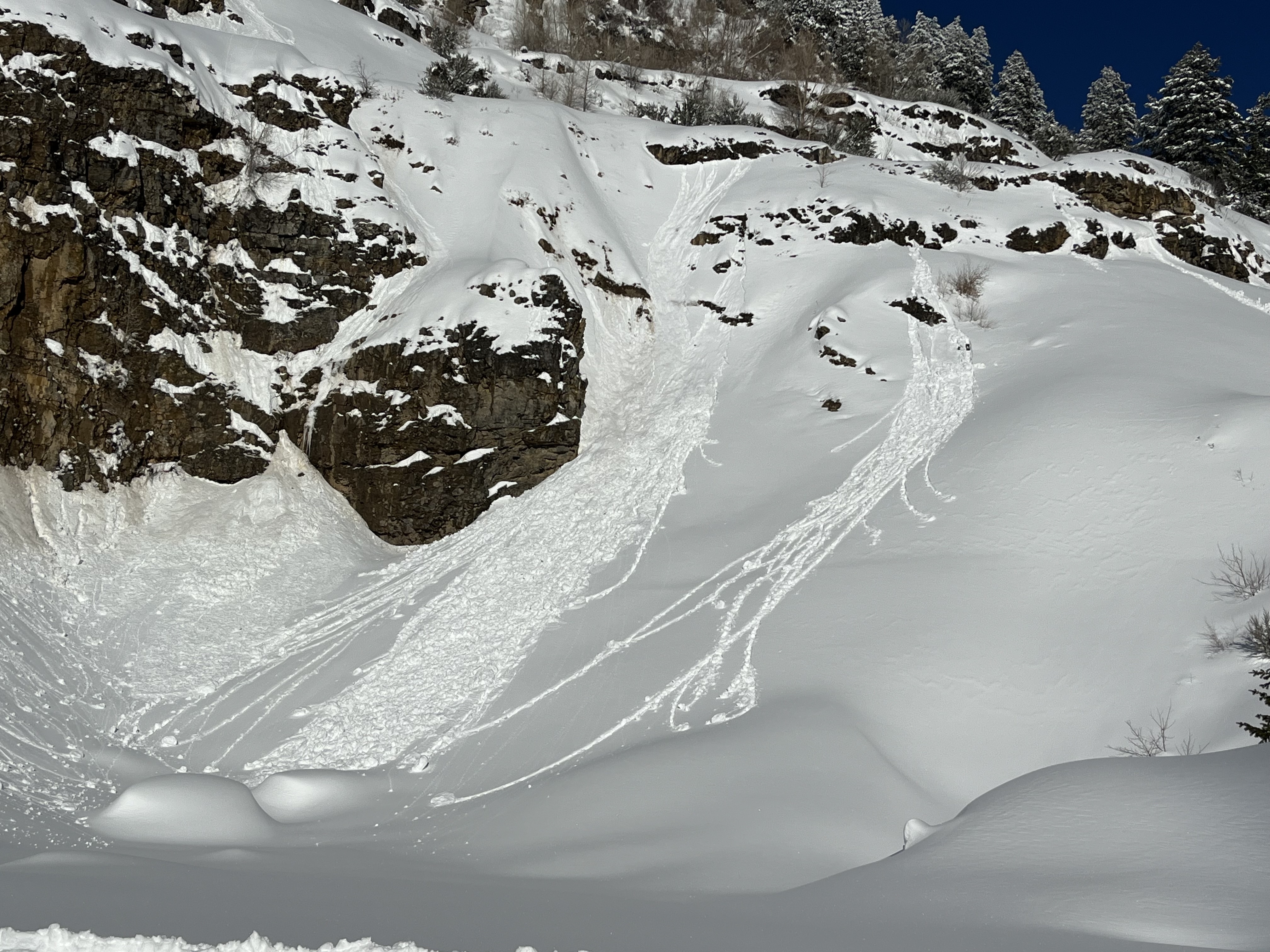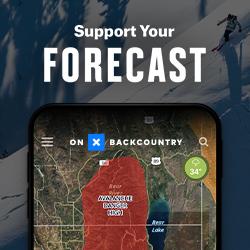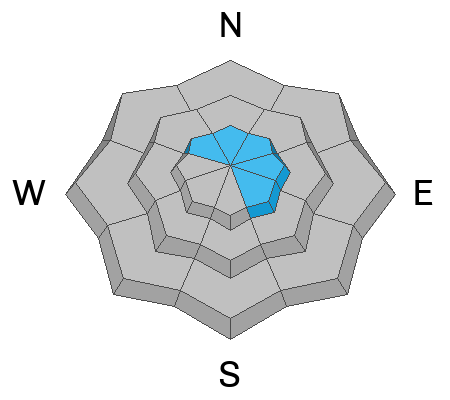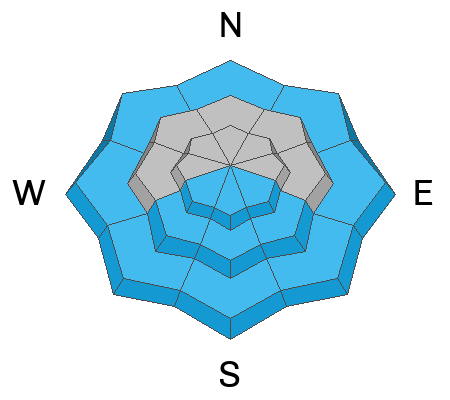Forecast for the Logan Area Mountains

Issued by Paige Pagnucco on
Saturday morning, February 22, 2025
Saturday morning, February 22, 2025
The avalanche danger is MODERATE today, and you could still trigger an avalanche failing on a persistent weak layer buried up to 3 feet deep, especially on previously drifted upper-elevation slopes facing northwest through southeast. Loose wet avalanches are possible during the day's heat on sunny and mid to low-elevation slopes, especially on those that picked up significant new snow accumulations Thursday.
Evaluate the snow and terrain carefully and continue to practice safe travel protocols.
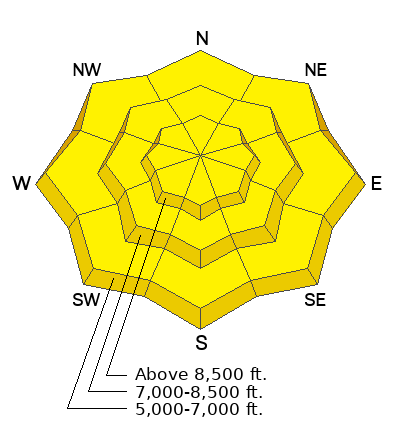
Low
Moderate
Considerable
High
Extreme
Learn how to read the forecast here



